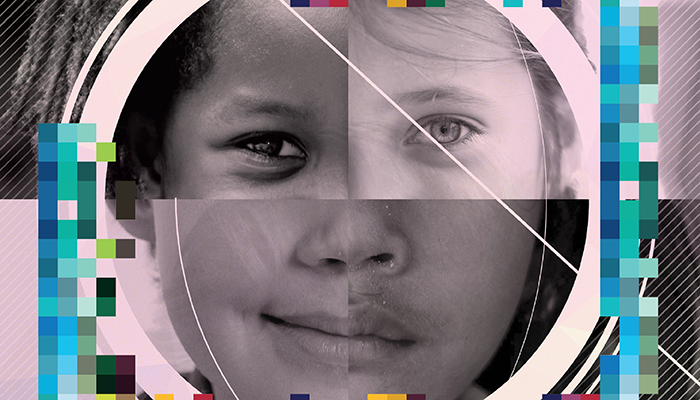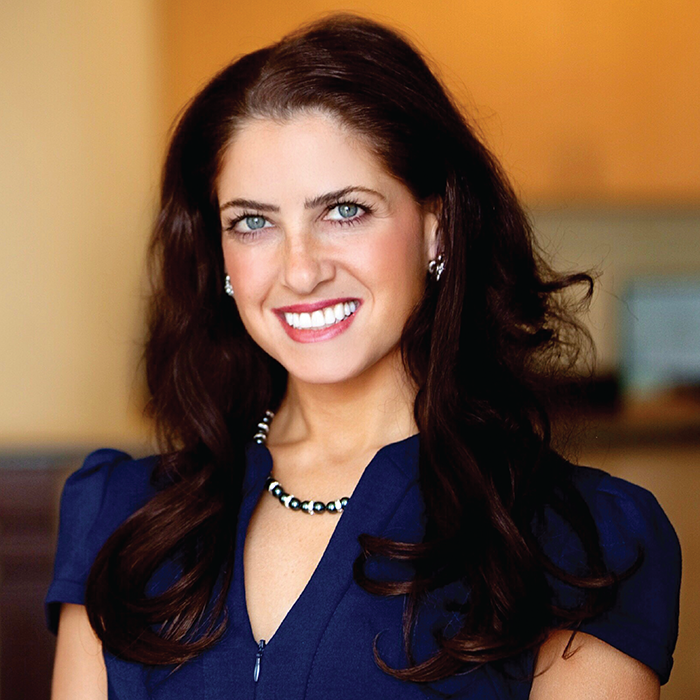
Children photo images sourced from: Pexels.com
The rapid expansion of artificial intelligence (AI) and machine learning (ML) into healthcare has created a whole new way of approaching telemedicine in ophthalmology, helping improve both the diagnostic accuracy of the current tech, as well as decreasing at least some of the reliance we have on human specialists for screenings. And though teleophthalmology has existed, in one form or another, since the early 1990s – when digital imaging progress enabled ophthalmologists to more easily store and transfer ocular images – the technology rapidly expanded during the COVID-19 pandemic.
Even so, there remain barriers for global implementation – especially in developing countries with less access and funding. The democratization of this innovative approach to patient care requires global infrastructural development, coordination of funding and investment, and equitable access to all of these resources, especially in niche specialisms, such as pediatric ophthalmology.
“These technologies not only improve the scope and efficacy of pediatric eye care, but also make it more engaging for children, which is crucial for ensuring their cooperation to improve treatment outcomes,” explains Ranya Habash, the former Medical Director of Technology Innovation at Bascom Palmer Eye Institute, who featured on The Ophthalmologist Power List. Habash cites some real-world examples of this tech in practice, including a pediatric glaucoma program set up at Bascom Palmer, which employs the iCare tonometer for remote patient monitoring of intraocular pressure. “The results are uploaded to an analytics dashboard monitored by our pediatric glaucoma specialists,” she says. “In this connected IoT (internet-of-things) model, the physician can set parameters for the desired intraocular pressure, so an automated alert is sent when those measurements are out of range.”
Habash notes that Darius Moshfegi, Professor of Ophthalmology at Stanford Medicine, performs tele-ROP screenings and virtual follow-ups by reviewing fundus images captured through portable cameras by staff in remote areas of the US. This approach dramatically improves patients’ access to care and allows for tertiary-level care to be delivered to these underserved areas. She also points to RemoniHealth, an eye care management company set up by Sean Ianchulev, Professor of Ophthalmology at New York Eye and Ear of Mount Sinai. The company offers remote home monitoring software that can be downloaded onto a desktop or tablet, allowing for pediatric patients to “be screened and followed for conditions like amblyopia, strabismus, and macular disease from the comfort of their homes,” with physicians being able to “be reimbursed for this monitoring through RPM and RTM CPT codes.”
Back at Bascom Palmer, David Tse, an oculoplastic surgeon, offers tele-prosthetics via 3D printing so that – theoretically – patients anywhere in the world can receive the prosthetics he has developed. “This is particularly important for children with tumors or trauma, since they require new prosthetics as their faces grow,” says Habash. “Tse uses a simple photo of the patient, then 3D prints a custom prosthetic using the mirror image of the patient’s face. With this method, we are able to more quickly create prosthetics that are cheaper and more personalized for continual facial growth in kids.”
We are seeing exciting steps towards true democratization of care in ophthalmology, especially in the detection of vision disorders like strabismus, amblyopia, and refractive error. However, as Tan and colleagues note in their 2023 paper, Artificial intelligence and digital health in global eye health: opportunities and challenges: “Much work is required to convince governance bodies to accept new digital health tools… [and] inventors and researchers are [currently] hampered by an unclear, challenging roadmap to the deployment of novel digital health tools.”
Unsurprisingly, Tan’s study goes on to note that, “Resource limitations, especially in LMICs [low- and middle-income countries], are another major barrier to implementation. Remote areas often lack the necessary infrastructure to adopt new technologies, due to insufficient equipment, poor internet and electricity coverage, and absence of robust telecommunication networks. This is compounded by scarce funding, with support impeded by bureaucracy, budget restrictions, and high staffing turnover.”
Clearly, these current limitations apply not only to pediatric ophthalmology – they have a far-reaching impact on wider ophthalmology and healthcare more broadly. Policy changes and global cooperation at the highest levels will be needed, if technology is ever to reach its full potential.

Ranya Habash
